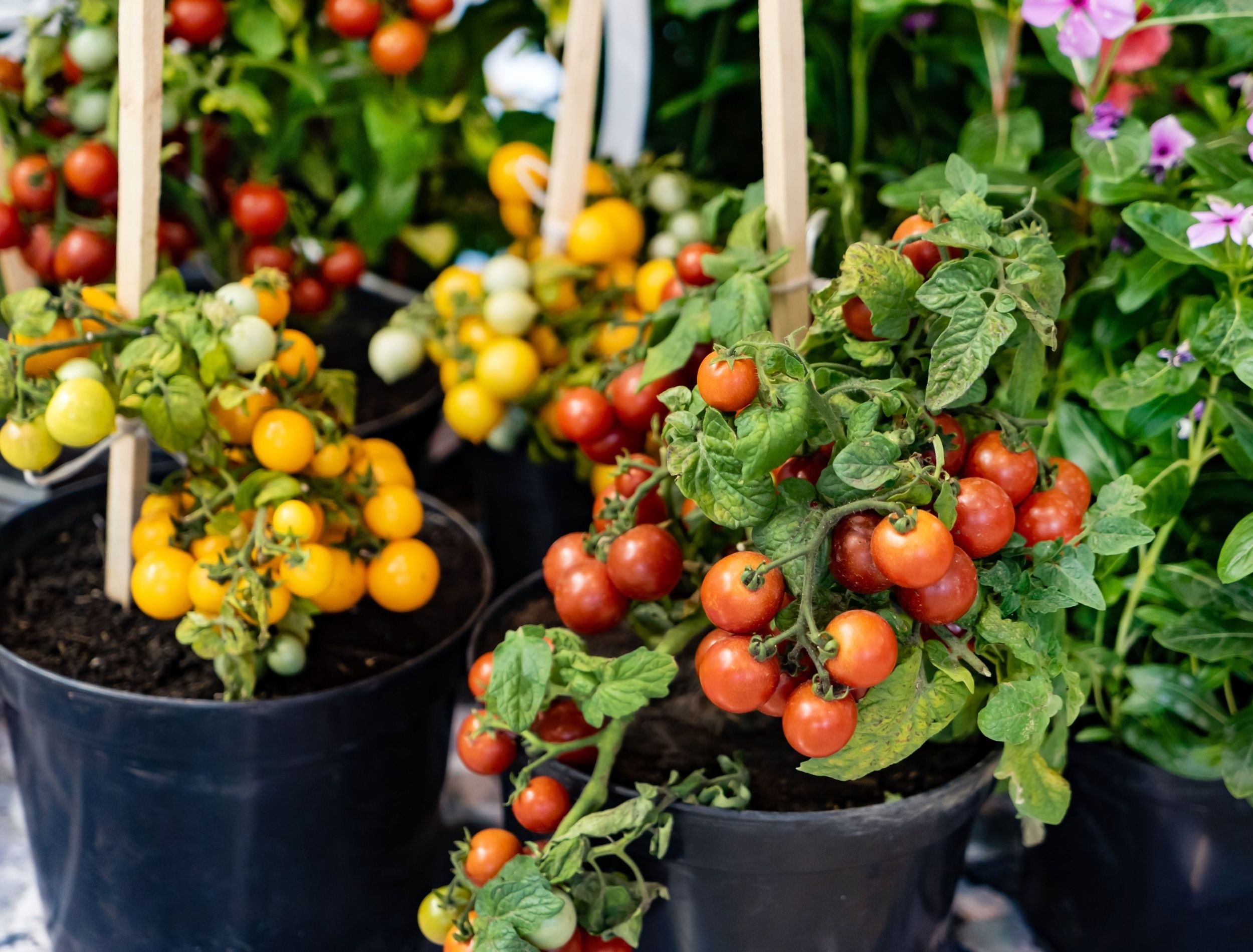Bicycles Transforming Education Rural Kenya, One Ride at a Time
In the stretch of southern Kenya where the dry, dusty soil stretches beneath the vast skies, lies Kisapuk, a small, wind-swept community in Kajiado County. Time here seems to stretch with the land, wide, untamed, and quietly enduring. The community sits far beyond the reach of paved roads and far removed from any predictable infrastructure, as it is 160 km off the tarmac road. What connects it to the rest of the world isn’t a highway but a sense of grit and patience.
Still, life continues, steadily and without complaint. People walk. Children walk. Everywhere.
Kajiado is home to the Maasai, whose way of life is intimately tied to the land. It is a place of striking contrast: where wildlife roam freely between Amboseli and Maasai Mara National Parks, but where children must navigate the same migratory corridors to attend school. For students, especially those from Kisapuk and neighboring Linti, the walk to school isn’t just long, it’s risky.
Every day begins before sunrise. In the blue-gray hours of early morning, students set off on foot, trekking up to 10 kilometers over rough terrain. There are no buses, no motorcycles, no shortcuts. Their path winds through rough roads, past thorny acacia trees and over dry riverbeds, an open invitation for encounters with wildlife. It is not uncommon for parents to keep their children home when danger seems imminent.
> How Bicycles are Powering Healthcare and Conservation in Rural Kenya
By the time students reach their classrooms, they are exhausted. But hat reality is starting to shift. World Bicycle Relief in partnership with Pratham International, have distributed 140 rugged Buffalo Bicycles to students in Kisapuk and Linti Primary Schools. It was the first distribution of its kind in this part of the country. And for many, it was the first time they had ever owned or even closely seen a functioning bicycle.
“In our community, distance has always been a barrier,” said Senior Chief Noah Sampeke, who oversees the area under the national government. “But it’s not just distance. It’s the opportunities that are out of reach.” he adds.
The bicycle distribution was not just an act of charity. It was a deliberate, community-informed response to one of the region’s most persistent barriers: mobility. Chief Sampeke knows every footpath, every family, and every challenge in the area. As a national government administrator responsible for overseeing development, he has spent years organizing barazas, which are traditional forums for public dialogue to engage residents on issues ranging from security to education. When the bicycle program was introduced, it was rolled out with listening and dialogue.
Through a series of barazas led by the chief, World Bicycle Relief, Pratham International and Grassroots Nest for Innovation and Change (GRiC), parents, elders, and teachers helped identify which students faced the greatest barriers. Community consensus guided the process. When the bicycles finally arrived, they were not met with surprise but ownership.
“We must not only receive development; we must be part of its design. That’s why this project matters to us,” said the chief.
One of the 140 beneficiaries is a 15 -year-old student at Kisapuk Primary. Her voice is quiet, but her determination is not. ‘’I promise to come to school early and study well in school,’’ she says.
Until recently, her mornings started at 5:00 a.m. The walk to school took over an hour long and even longer during the rainy season when the paths were slick with mud. By the time she arrived, she struggled to concentrate.
Her story is not unique. But the solution targeted, thoughtful, and community-led feels radical in its simplicity. Seventy percent of the bicycles were allocated to girls, a strategic decision grounded in data. In rural Kenya, girls are more likely to be pulled from school due to safety concerns, household responsibilities, or long commute times. Providing bicycles means girls like her can continue their education, avoid early dropouts, and gain a greater sense of autonomy.
> Little Rolls Out Electric Bikes Targeting Mass Market
The Buffalo Bicycle is not your average bike. Designed for tough rural conditions, it’s built with a reinforced frame, puncture-resistant tires, and a rear rack that can carry up to 100 kilograms. But even the toughest bikes require maintenance, and in these areas, repair options are nearly nonexistent.
That’s why our model doesn’t stop at distribution.
As part of the initiative, several young men from the community were trained to become bicycle mechanics. Equipped with tools and knowledge, they are now offering essential maintenance services for the school and beyond. This is about keeping the bicycles moving and building a mobility ecosystem that lasts.
“A bicycle is only as useful as its ability to keep moving,” explains Vincent Musau, Chief Operations Officer at World Bicycle Relief Kenya. “We invest in training mechanics so that these bikes can serve communities for years, not just months.”
The Buffalo Bicycle is not your average bike. Designed for tough rural conditions, it’s built with a reinforced frame, puncture-resistant tires.
This long-term approach is core to our work. It’s not about one-time donations; it’s about embedded solutions.
Since 2010, World Bicycle Relief has distributed over 80,000 bicycles across Kenya, primarily to students, health workers, and small-scale entrepreneurs in rural areas. The impact is measurable: school attendance increases, travel times shrink, dropout rates fall.
Kajiado is still a hard place to live. The roads are dusty. Access to clean water is limited. Mobile networks are unreliable. And the nearest health facility is often hours away. But we want to change this. With bicycles, students arrive at school on time. They are alert. Parents, once hesitant, now advocate for their children to stay in school longer.
The change is quiet, but it’s undeniable.
“We don’t go where it’s easy,” says Musau. “We go where mobility is missing, and where it matters most. This is just the beginning, we will be back soon with more bicycles.”
In Kisapuk, the soft hum of bicycle tires now cuts through the still morning air. Where once there were only footprints in the dust, there are now tracks, evidence of movement, progress, and something more powerful than either: possibility.
As students ride towards their schools, what they’re really heading toward is a future that no longer feels so far away.








